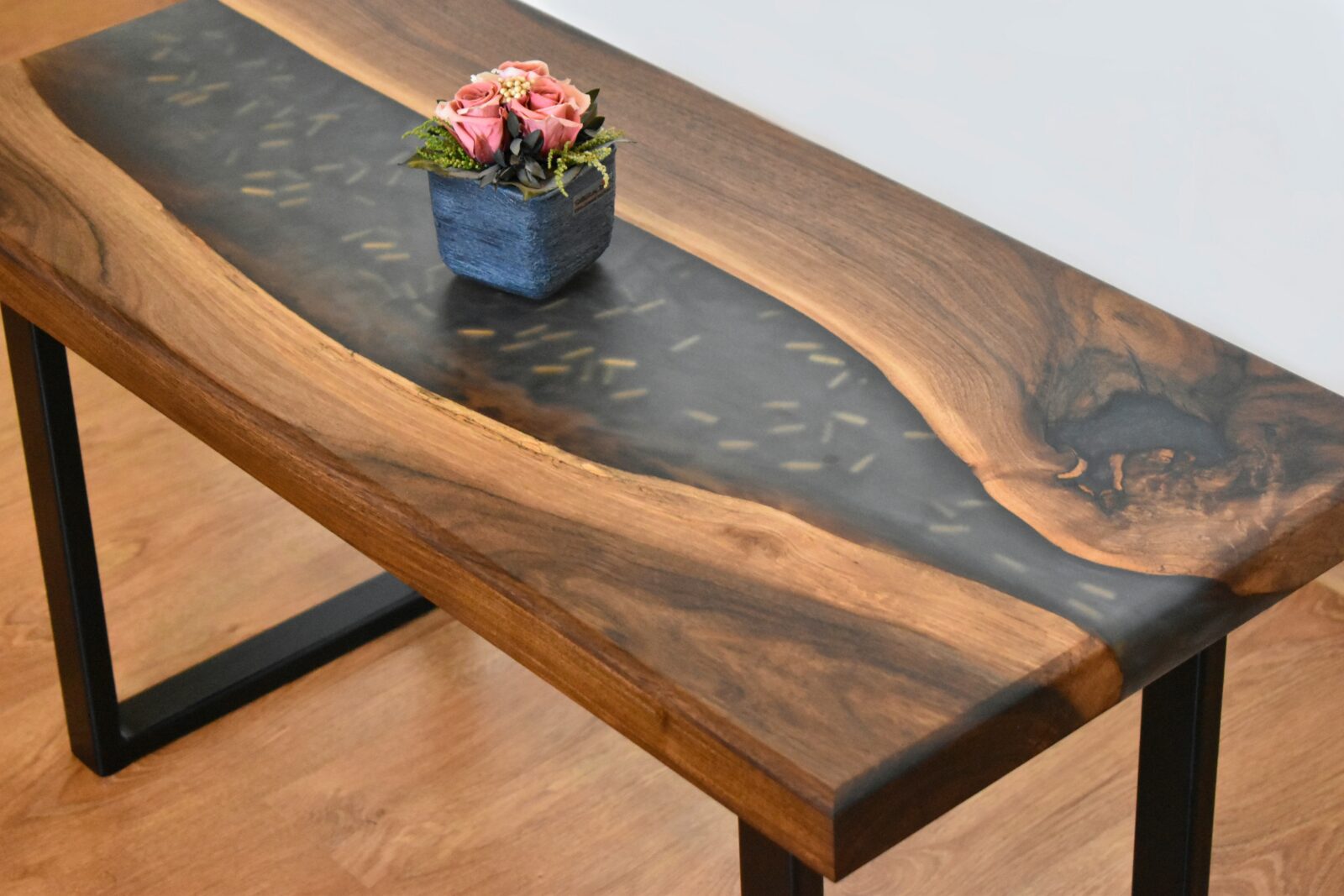Are you ready to dive into the world of resin epoxy? Whether you’re a crafting enthusiast or just curious about this versatile material, mixing and pouring resin can open up endless creative possibilities. From beautiful jewelry pieces to stunning home décor, epoxy resin allows you to bring your imaginative ideas to life. But before you get started, it’s essential to understand what resin epoxy is and how it works. Let’s explore everything from its types and necessary tools to common pitfalls and exciting applications. Grab your gloves—let’s create something amazing!
What is Resin Epoxy?
Resin epoxy is a synthetic resin that transforms from a liquid to a solid state through a chemical reaction. This versatile material is made up of two primary components: the resin itself and the hardener. When mixed together, they create an irreversible bond, resulting in a durable and glossy finish.
One of its standout features is its ability to self-level, making it perfect for creating smooth surfaces. Its clarity allows for vibrant colors and inclusions like glitter or dried flowers to shine through beautifully.
Epoxy resin is not only strong but also resistant to moisture and UV light. These properties make it ideal for various applications, including art projects, furniture coatings, and even jewelry-making. Its adaptability means you can use it in countless creative ways—each project uniquely yours!
Different Types of Resin Epoxy
Resin epoxy comes in various types, each designed for specific applications. The most popular is clear epoxy resin, often used for art projects and crafts. Its transparency allows colors to shine through beautifully.
Then there’s the colored epoxy. This variety adds vibrancy to your creations and can be mixed with pigments or dyes. It’s perfect for decorative pieces that need a pop of color.
For those needing durability, consider industrial-grade epoxies. These are formulated for heavy-duty use, ideal for flooring or construction purposes where strength is paramount.
Another interesting type is UV-resistant epoxy. It offers protection against sun damage, making it suitable for outdoor applications like tabletops or bar tops exposed to sunlight.
There’s flexible epoxy resin which remains pliable once cured. This makes it an excellent choice for items that require movement without cracking or breaking under stress.
Tools and Materials Needed
To successfully mix and pour resin epoxy, you’ll need a few essential tools. Start with measuring cups for precise ratios. Accuracy is crucial in this process.
Next, grab a mixing stick or paddle to blend your components thoroughly. A spatula can help scrape every last bit from the sides of the cup.
Don’t forget gloves! Protecting your hands is vital since uncured resin can be sticky and difficult to clean off skin.
A heat gun or torch will come in handy too. This helps eliminate bubbles that might form during mixing.
Secure a flat surface covered with plastic sheeting or newspapers for easy cleanup after pouring your project. Having everything ready before you start will make the entire experience smoother and more enjoyable.
Common Mistakes to Avoid
Mixing resin epoxy can be tricky, and beginners often stumble over some common pitfalls. One frequent mistake is not measuring components accurately. Precision in the ratio of resin to hardener is crucial for a successful cure.
Another error involves neglecting temperature conditions. Epoxy works best within specific temperatures; too hot or cold can lead to issues with curing times and clarity.
Also, don’t skip the stirring phase. Insufficient mixing may leave uncured spots in your project, ruining its integrity.
Be cautious about bubbles forming during pour time. A slow pour helps minimize air entrapment, while using heat guns or torches can pop those pesky bubbles post-pour.
Avoid rushing into demolding before the recommended cure time has passed. Patience pays off when working with resin!
Creative Uses for Resin Epoxy
Resin epoxy is a versatile medium that opens up endless possibilities for creativity. Artists and crafters have embraced its unique properties, allowing them to create stunning pieces of art and functional objects alike.
One popular use is in jewelry making. Resin can encapsulate flowers, glitter, or other small items to create beautiful pendants and earrings. The result is eye-catching and often one-of-a-kind pieces that showcase personal style.
Furniture design also benefits from resin epoxy. Tables with live edges filled with colorful resin transform ordinary wood into extraordinary statement pieces. This trend adds both functionality and artistic flair to any space.
Home decor items such as coasters, wall art, or even decorative trays are easily made using resin. You can experiment with colors and textures to achieve the desired look that complements your home aesthetic perfectly.
For those who enjoy crafting gifts, personalized photo frames infused with resin offer a heartfelt touch. Simply pour the mixture over photos or mementos for a unique keepsake that friends and family will cherish.
Even functional uses abound—think of using resin epoxy as a protective coating for bar tops or floors! Its durability makes it ideal for high-traffic areas while adding an appealing sheen.
With so many creative avenues available through mixing and pouring resin epoxy, it’s easy to see why this material has captured the hearts of DIY enthusiasts everywhere. Whether you’re looking to craft something practical or purely artistic, experimenting with resin could lead you down an exciting path filled with inspiration.
















